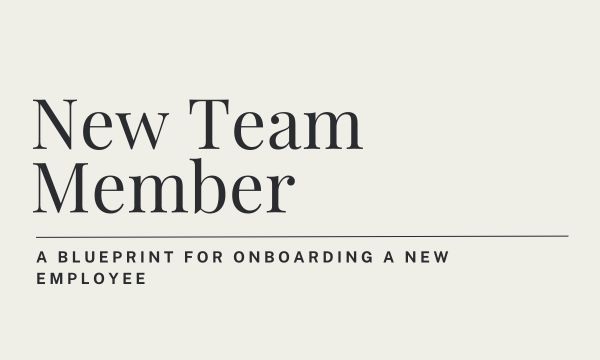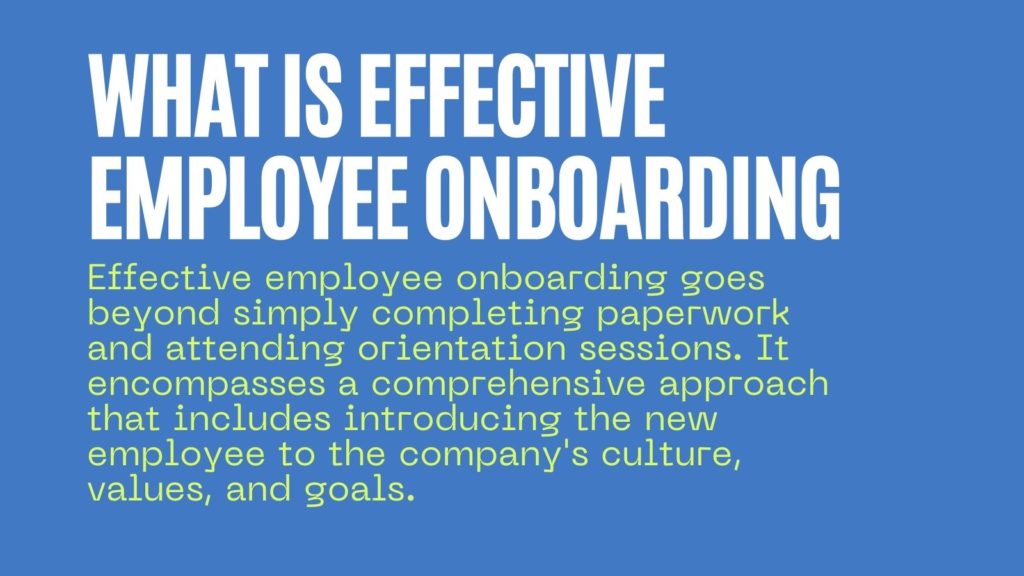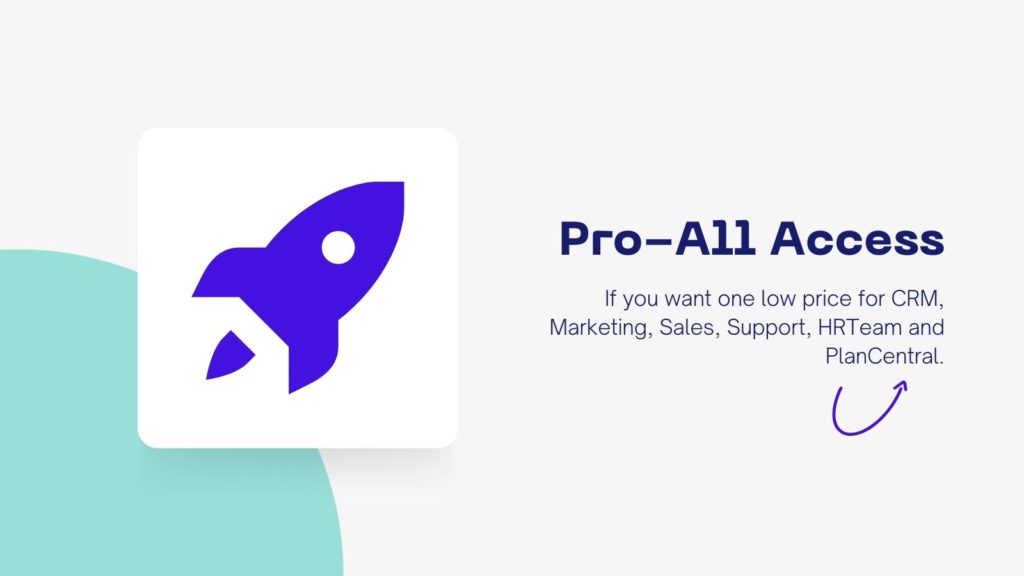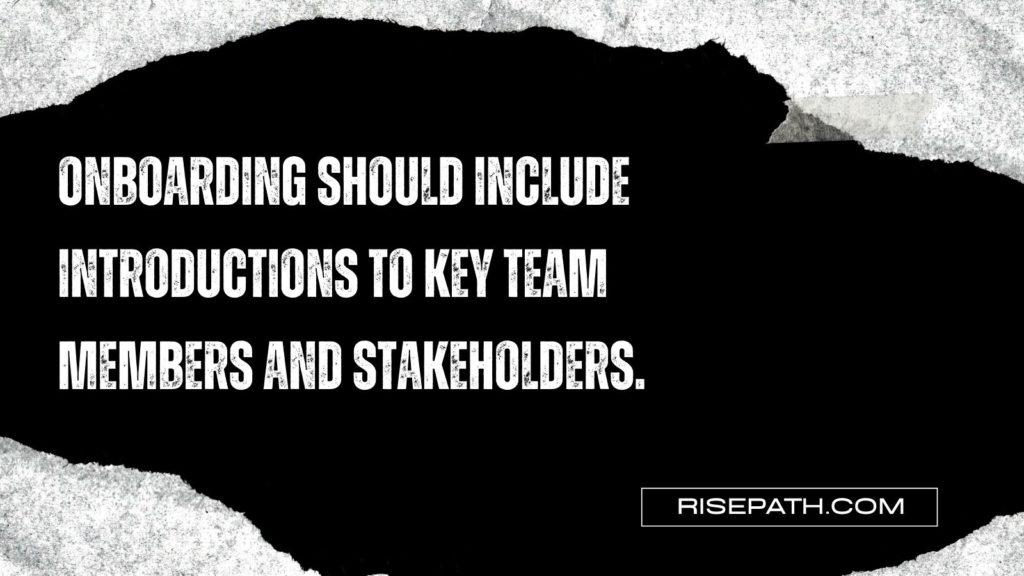Employee onboarding is a crucial process that sets the tone for a new employee’s experience within an organization. It involves welcoming and integrating new employees into the company culture, providing them with the necessary tools and resources, and ensuring a smooth transition into their new role.
To master employee onboarding, start by creating a structured onboarding program. This program should include a clear timeline of activities and tasks that need to be completed, such as paperwork, training sessions, and introductions to key team members. By having a well-defined plan, you can ensure that no important steps are missed and that the new employee feels supported from day one.
Another important aspect of employee onboarding is providing the necessary resources and information. This includes access to company policies and procedures, job-related training materials, and any tools or software needed to perform their tasks. By equipping new employees with the right resources, you empower them to be productive and confident in their new role.
What is employee onboarding
Employee onboarding is the process of integrating a new employee into an organization. It involves providing them with the necessary information, resources, and support to become productive and engaged members of the team. Onboarding typically starts before the employee’s first day and continues for a defined period, often extending beyond the initial orientation. The goal is to help new employees feel welcome, informed, and prepared to contribute to the organization’s success.
Effective employee onboarding goes beyond simply completing paperwork and attending orientation sessions. It encompasses a comprehensive approach that includes introducing the new employee to the company’s culture, values, and goals. This includes familiarizing them with the organization’s mission, vision, and strategic objectives. By providing this context, onboarding helps new employees understand how their role fits into the bigger picture and how they can contribute to the company’s success.
Providing a Warm Welcome: Personalised On boarding
Providing a warm welcome is an essential aspect of effective employee onboarding. Personalized onboarding goes beyond the traditional orientation process and focuses on creating a positive and engaging experience for new employees. By tailoring the onboarding process to each individual, organizations can make new hires feel valued, supported, and motivated from day one.
Personalized onboarding starts even before the new employee’s first day. It involves gathering information about the employee’s background, interests, and preferences to create a customized onboarding plan. This can include personalized welcome messages, assigning a buddy or mentor, and providing relevant resources and materials that align with the employee’s role and goals. By taking the time to understand the new employee’s needs and expectations, organisations can set the stage for a successful onboarding experience.
In addition to physical welcome packages, organisations can also use technology to personalize the onboarding experience. This can include creating personalized onboarding portals or platforms where new employees can access relevant information, complete necessary forms, and connect with their colleagues. By leveraging technology, organisations can streamline the onboarding process while still providing a personalized touch.
Employee onboarding training
Employee onboarding training is a crucial process that helps new employees acclimate to their roles and the company culture. It involves providing them with the necessary knowledge, skills, and resources to become productive members of the organization. The training typically includes orientation sessions, job-specific training, and ongoing support to ensure a smooth transition into their new roles.
Also Read: Why Your Company Needs HR Management Software
During the employee onboarding training, new hires are introduced to the company’s mission, values, and goals. They learn about the organizational structure, policies, and procedures. This helps them understand how their role fits into the bigger picture and align their work with the company’s objectives. Additionally, they receive information about benefits, company culture, and any other relevant information that will help them feel comfortable and engaged in their new environment.
Job-specific training is a critical component of employee onboarding. It involves providing new employees with the necessary skills and knowledge to perform their job responsibilities effectively. This may include training on specific software or tools, shadowing experienced employees, or attending workshops or seminars. The goal is to equip new hires with the skills they need to contribute to the organization from day one.
Ongoing support is an essential part of employee onboarding training. It ensures that new employees have the necessary resources and guidance to succeed in their roles. This support can come in the form of mentorship programs, regular check-ins with managers, or access to training materials and resources. Ongoing support helps new hires feel supported and valued, increasing their job satisfaction and reducing turnover rates.
Ongoing support is an essential part of employee onboarding training. It ensures that new employees have the necessary resources and guidance to succeed in their roles. This support can come in the form of mentorship programs, regular check-ins with managers, or access to training materials and resources. Ongoing support helps new hires feel supported and valued, increasing their job satisfaction and reducing turnover rates.
The Onboarding Experience: Making a Great First Impression
The onboarding experience plays a crucial role in making a great first impression on new employees. It sets the tone for their entire journey with the company and can greatly impact their engagement and productivity. To ensure a positive onboarding experience, it is important to start the process before the new employee’s first day. This can include sending them a welcome email or package, providing them with information about the company culture and values, and giving them a clear outline of what to expect on their first day. By making them feel valued and prepared, you can create a positive first impression and set the stage for a successful onboarding process.
During the new employee’s first day, it is essential to make them feel welcomed and comfortable. This can be achieved by assigning them a buddy or mentor who can guide them through the initial days, introducing them to their team members and colleagues, and giving them a tour of the office or workspace. Creating a warm and inclusive environment from the start helps new employees feel like they belong and fosters a sense of connection with the company and its people. By providing a positive onboarding experience on the first day, you can help new employees feel excited and motivated to contribute to the organization.
In addition to the initial welcome and introduction, it is important to provide new employees with the necessary resources and tools to succeed in their roles. This can include providing them with access to relevant software and systems, giving them training materials or access to online learning platforms, and assigning them clear goals and expectations. By equipping new employees with the right resources and support, you can help them feel confident and empowered to perform their job effectively. This not only contributes to their success but also enhances their overall onboarding experience.
Furthermore, regular check-ins and feedback sessions are crucial to maintaining a positive onboarding experience. By scheduling regular meetings with new employees, you can provide them with an opportunity to ask questions, address any concerns, and receive feedback on their performance. This shows that the company values their growth and development and is invested in their success. Regular communication and feedback also help new employees feel supported and connected to their team and the organization as a whole. By maintaining a strong onboarding experience beyond the initial days, you can ensure a smooth transition and integration for new employees.
Creating a great first impression during the onboarding experience is essential for setting the stage for a successful employee journey. By starting the process before the new employee’s first day, making them feel welcomed and comfortable, providing them with the necessary resources, and maintaining regular check-ins and feedback sessions, you can create a positive and engaging onboarding experience. This not only helps new employees feel valued and supported but also contributes to their long-term engagement and productivity within the organization.
Introducing Company Culture During Onboarding
Company culture plays a vital role in shaping the overall employee experience and fostering a sense of belonging. During the onboarding process, it is crucial to introduce new employees to the company’s culture to help them align with its values, norms, and expectations.
One effective way to introduce company culture during onboarding is through storytelling. Sharing stories about the company’s history, founders, and key milestones can help new employees understand the organization’s roots and the values it was built upon. These stories can create a sense of pride and connection, making the new employees feel like they are part of something meaningful.
Another approach is to incorporate the company’s mission, vision, and values into the onboarding program. By clearly articulating these core elements, new employees can understand the purpose and direction of the organization. This understanding enables them to make decisions and contribute in a way that aligns with the company’s overall objectives.
Including interactive activities that reflect the company’s culture can also be beneficial. For example, organizing team-building exercises or group discussions around the company’s core values can help new employees internalize and embrace those values. These activities can foster collaboration, communication, and a shared sense of purpose among the new hires.
Assigning mentors or buddies who embody the company’s culture can greatly assist in introducing new employees to the organization’s way of doing things. Mentors can provide guidance, answer questions, and serve as role models, helping new hires navigate the company’s culture more effectively.
Finally, creating opportunities for new employees to interact with existing employees from different departments and levels of the organization can expose them to the diverse perspectives and behaviors that make up the company’s culture. This can be done through cross-functional projects, social events, or even informal coffee chats. Encouraging these interactions can help new employees build relationships and understand the dynamics of the organization.
Also Read: Why Use An Applicant Tracking Software
By incorporating these strategies, companies can successfully introduce their culture during the onboarding process, setting the stage for new employees to integrate smoothly and contribute effectively to the organization.
Maintaining Communication throughout the Onboarding Process
Maintaining communication throughout the onboarding process is crucial for the success of both the new employee and the organization. It helps to ensure that the employee feels supported, informed, and engaged from day one. Here are some strategies to help maintain communication during onboarding:
- Pre-boarding communication: Before the new employee’s first day, it’s important to establish communication by sending them a welcome email or a personalized message. This can include information about their start date, what to expect on their first day, and any necessary paperwork or documentation they need to complete. It’s also a good opportunity to provide them with an overview of the onboarding process and introduce them to key team members.
- Regular check-ins: Throughout the onboarding process, schedule regular check-ins with the new employee to gauge their progress, address any concerns or questions they may have, and provide feedback. These check-ins can be in the form of one-on-one meetings, virtual or in-person, and should be conducted at least once a week during the initial stages of onboarding. This helps to build rapport, establish trust, and ensure that the employee feels supported and valued.
- Open lines of communication: Encourage open and transparent communication between the new employee and their manager, as well as with other team members. This can be facilitated through regular team meetings, virtual collaboration tools, or even informal social events. Creating a culture of open communication helps the new employee feel comfortable reaching out for assistance or sharing their ideas and concerns.
- Provide resources and documentation: Make sure the new employee has access to all the necessary resources, documentation, and training materials they need to succeed in their role. This can include employee handbooks, training manuals, online courses, and any other relevant materials. Regularly check in with the employee to ensure they have everything they need and address any gaps in their knowledge or understanding.
- Foster a supportive environment: It’s important to create a supportive environment where the new employee feels comfortable asking questions, seeking guidance, and sharing their experiences. Encourage other team members to be approachable and supportive, and provide opportunities for the new employee to interact and collaborate with their colleagues. This can be through team-building activities, mentorship programs, or buddy systems.
By implementing these strategies, organizations can maintain effective communication throughout the onboarding process, which ultimately leads to higher employee engagement, productivity, and retention. Remember, onboarding is not a one-time event but an ongoing process, and communication plays a vital role in its success.
Including Career Development Opportunities in Onboarding
One important aspect of employee onboarding is incorporating career development opportunities. By including career development in the onboarding process, organizations can demonstrate their commitment to the growth and success of their employees. This not only helps new employees feel valued but also sets the stage for long-term engagement and retention.
During the onboarding process, organizations can provide new employees with information about the various career paths available within the company. This can include details about different roles, departments, and potential growth opportunities. By sharing this information early on, new employees can start envisioning their future within the organization and develop a sense of purpose.
Another way to include career development in onboarding is by providing new employees with access to training and development programs. This can involve offering workshops, online courses, or mentorship opportunities that align with their career goals. By investing in their professional growth from the start, organizations can foster a culture of continuous learning and development.
Additionally, organizations can assign new employees a mentor or buddy who can guide them through their onboarding journey and provide insights into career development opportunities. This mentorship can help new employees navigate the organization, understand its culture, and identify potential career paths. It also allows for ongoing support and guidance as they progress in their roles.
Lastly, organizations should encourage new employees to set career goals and provide resources to help them achieve those goals. This can involve regular check-ins with managers to discuss progress, offering feedback and guidance, and providing access to resources such as professional development workshops or certifications. By actively supporting employees’ career aspirations, organizations can foster a sense of loyalty and commitment.
Including career development opportunities in the onboarding process is crucial for organizations looking to attract and retain top talent. By demonstrating a commitment to employee growth and providing the necessary resources, organizations can create a positive onboarding experience that sets the stage for long-term success and engagement.





Comments are closed, but trackbacks and pingbacks are open.